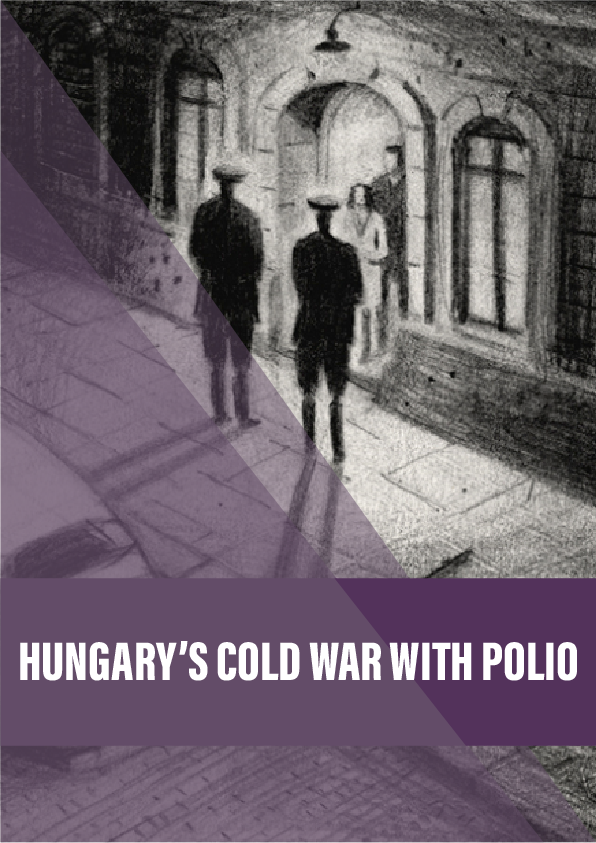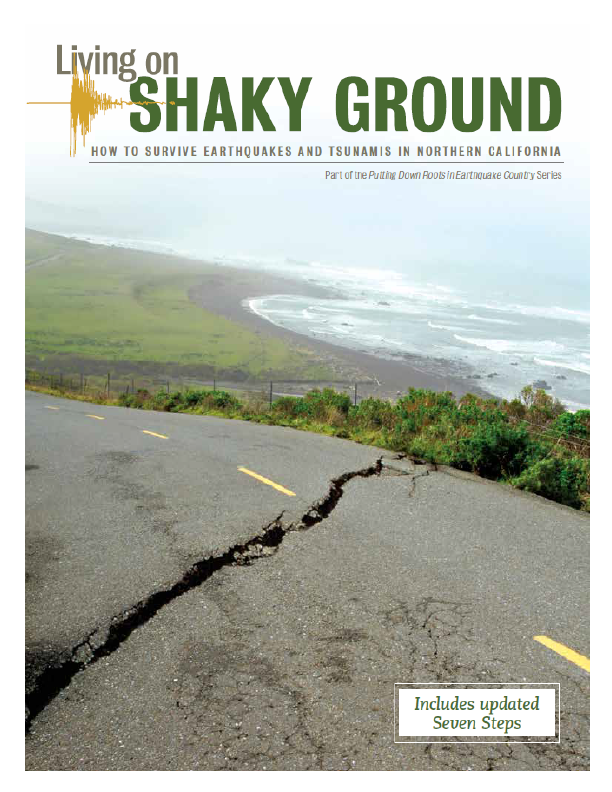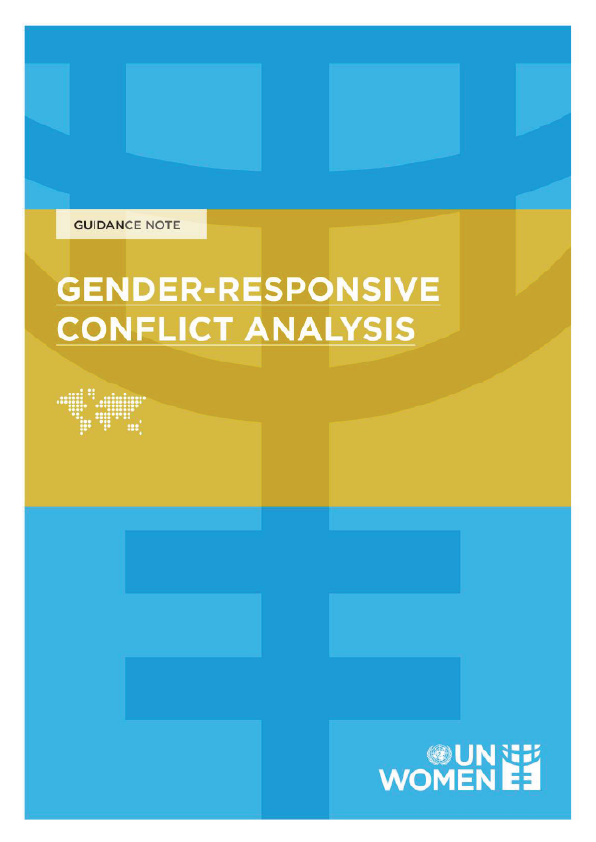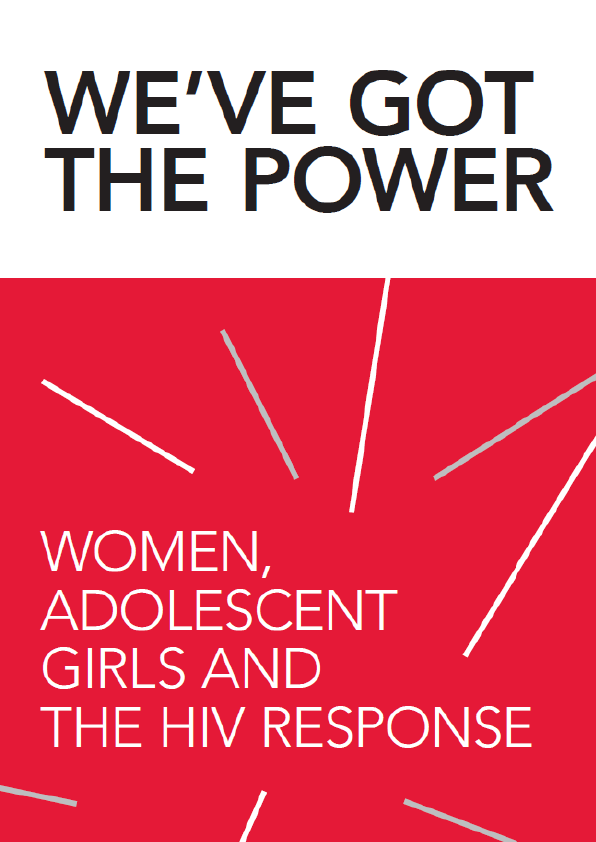Trapped by the Cold War and scarred after a failed revolution, Hungary fought one of its greatest battles against polio. Penny Bailey reports.
Kisvárda, Hungary, 1954. The summer night was warm, the road outside deserted. No one drove any more unless they were secret police or favoured by the Party. Inside, Irén and János Vargha sat watching their two-year-old son’s eyelids as he slept through his fever. The only visible sign of the attack, they were told, would be if György’s eyeballs started moving rapidly.
Polio was unpredictable. Often no more harmful than any other childhood infection, it could on occasion ‘turn’ with swift, inexplicable savagery, destroying a child’s nerve cells and leaving him paralysed for life. If it damaged the nerves controlling his lungs they could freeze up and György would either die or spend the rest of his life inside an iron lung that breathed for him.
The hours crept by without him showing any symptoms of paralytic polio, but the next morning, as Irén stood him on the table to get him dressed, his legs buckled. She stood him up again – again his legs wouldn’t support him. This moment is his earliest childhood memory. “I could stand easily before,” he says. “Now I could still bend my legs but I couldn’t straighten them. For me it was astonishing and interesting that my legs were doing that strange thing. But my mother was afraid.”
György was rushed 100 km to the hospital in Debrecen. Then began the frantic search for gamma globulin. The antibody-rich solution was the only medicine then known to have some ability to disarm the poliovirus in the bloodstream, preventing it from invading the nerves. But gamma globulin was scarce. Irén and János rode from town to town and village to village on their motorbike, pharmacist after pharmacist regretfully shaking their heads.
Reference:
- Dora Vargha’s PhD dissertation is currently being developed into a monograph as part of the research project The Reluctant Internationalists: A history of public health and international organisations, movements and experts in twentieth century Europe, at Birkbeck, University of London. Dora also has an upcoming paper to be published in the summer 2014 issue of the Bulletin of the History of Medicine.
- Background on the Hungarian revolution from The Hungarian Revolution 1956 by Ákos Réthly, Premier Press Publishing, Budapest, 2006.
- Further background from A History of Hungarian Literature from the Earliest Times to the mid-1970s by Lóránt Czigány, 1984.
- Dora’s research profile at Birkbeck and some of her research group blog posts on polio in Hungary.











